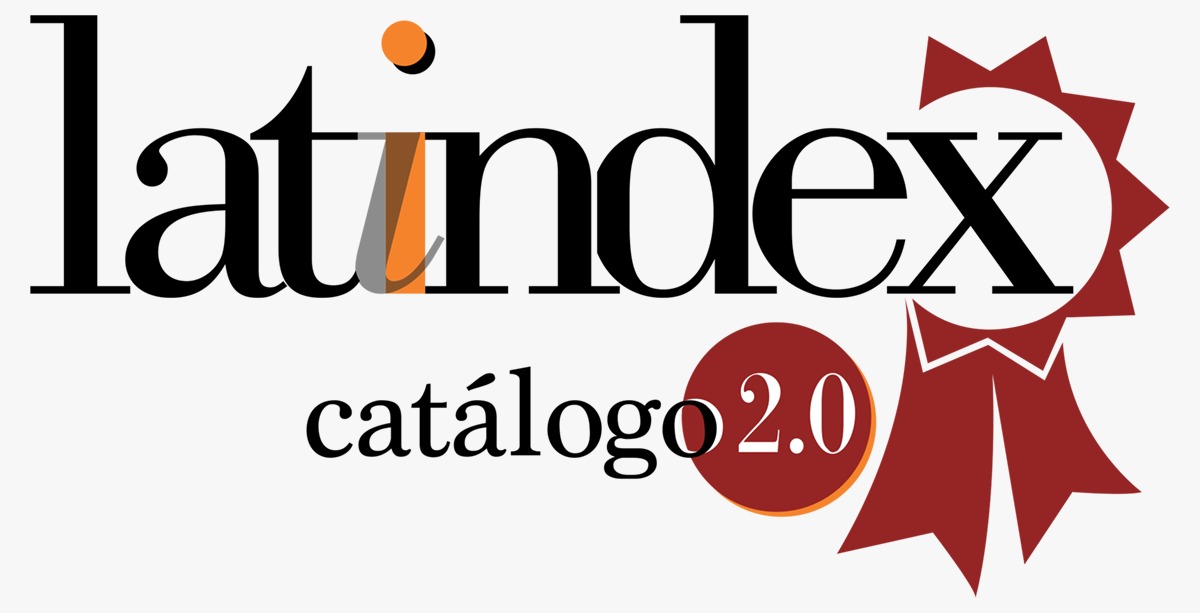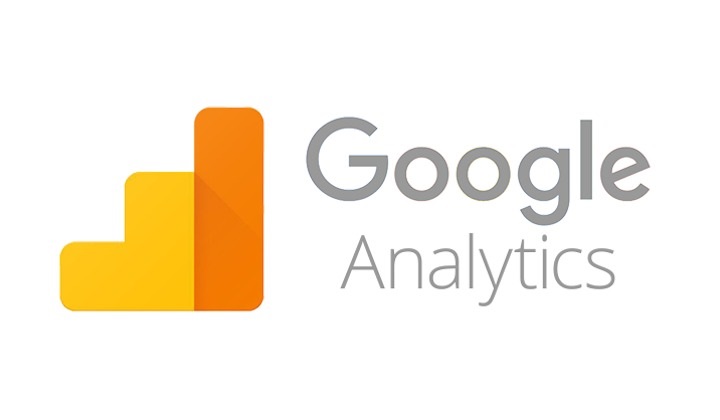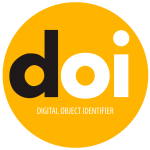Digital skills and pronunciation of the English language of students of the UNMSM school of tourism administration, 2024
DOI:
https://doi.org/10.47865/igob.vol7.n27.2024.353Keywords:
Digital skills, language pronunciationAbstract
The purpose of the research was to determine the relationship between digital skills and the pronunciation of the English language in Tourism Administration students at the Universidad Nacional Mayor de San Marcos in the year 2024. To achieve this objective, a quantitative study was carried out non-experimental design, in which surveys and questionnaires were used to evaluate digital skills, as well as evaluations to measure the level of language pronunciation. The sample was made up of 98 students out of a total of 103. The results showed that the use of digital skills significantly improves the pronunciation of the English language in the students. It was concluded that the relationship between digital skills and the pronunciation of the English language in UNMSM Tourism Administration students in 2024 is significant, with a correlation of rh= 0.785.
Downloads
References
Alarcón, P., Álvarez, X., Hernández, D., & Maldonado, D. (2013). Matriz de habilidades TIC para el aprendizaje. Mineduc.. https://hdl.handle.net/20.500.12365/2165
Amanda, M., García, A., Iglesias, E., Puig, P., Martínez, R. (2023). Desarrollo de habilidades digitales en América Latina y el Caribe:¿ Como aumentar el uso significativo de la conectividad digital?. Banco Interamericano de Desarrollo. http://dx.doi.org/10.18235/0004790
Arias O. & Cristia, J. (2014). El BID y la tecnología para mejorar el aprendizaje: ¿cómo promover programas efectivos? Washington, DC: Banco Interamericano de Desarrollo. https://publications.iadb.org/es/publicacion/17450/el-bid-y-la-tecnologia-para-mejorar-el-aprendizaje-como-promover-programas
Arias, G. J., Holgado, J., Tafur, T., & Vásquez, M. (2022). Metodología de la Investigación. El método ARIAS para hacer el proyecto de tesis. (1ª ed.). Instituto Universitario de Innovación Ciencia y Tecnología Inudi Peru S.A.C. https://doi.org/10.35622/inudi.b.016 Tecnología Inudi Perú S.A.C.
Brinton D. (2018). Innovations in pronunciation teaching. En O. Kang, R. I. Thomson, y J.M. Murphy (Eds.).The Routledge handbook of Contemporary of English Pronunciation (1st ed.). (pp.449-461) https://doi.org/10.4324/9781315145006
Brown, A. (2014). Pronunciation and Phonetics: A Practical Guide for English Language Teachers (1st ed.). Routledge. https://doi.org/10.4324/9781315858098
Cadena, M., Sarmiento, M., & Casanova, J. (2022). El video como herramienta TIC en inglés aplicada en el medio superior de la Universidad Autónoma de Campeche: Video as an ICT tool in English applied in the high school of the Universidad Autónoma de Campeche. South Florida Journal of Development, 3(1), 1419–1428. https://doi.org/10.46932/sfjdv3n1-109
Carretero, S., Vuorikari, R., & Punie, Y. (2017). DigComp 2.1: The Digital Competence Framework for Citizens with eight proficiency levels and examples of use. Publications Office of the European Union. https://dx.doi.org/10.2760/38842
Buvat, J., Crummenerl, C., Slatter, M., Puttur, R., Pasquet, L. & Van, J. (2017). The digital talent gap: ¿Are companies doing enough?. Capgemini. https://www.capgemini.com/resources/digital-talent-gap/
Meera, S., Perrin, J., Slatter, M., Taurines, L. & Buvat, J. (2023) Future-ready education.Empowering secondary school students with digital skills. Capgemini. https://prod.ucwe.capgemini.com/wp-content/uploads/2023/05/Final-Web-Version-Report-Digital-Skills.pdf
Coward, C., & Fellows, M. (2018). Digital skills toolkit. International Telecommunication Union. https://www.itu.int/en/ITU-D/Digital-Inclusion/Documents/Digital-Skills-Toolkit_Spanish.pdf
Derwing, T. & Munro, M. J. (2015) Pronunciation Fundamentals: Evidence-Based Perspectives for L2 Teaching and Research.John Benjamins Publishing Company. https://doi.org/10.1075/lllt.42
Cruttenden, A. (2014). Gimson's Pronunciation of English (8th ed.). Routledge. https://doi.org/10.4324/9780203784969
Daquilema, B., Benítez, R., & Jaramillo, J. (2019). Desarrollo de las habilidades TIC en los estudiantes. Sociedad & Tecnología, 2(2), 36–44. https://doi.org/10.51247/st.v2i2.48
Derwing , T.& Munro, M.(2022) Pronunciation Learning and Teaching. En T. Derwing,M. Munro & R. Thomson.(Eds.).The Routledge Handbook of Second Language Acquisition and Speaking.(pp.147-159).Routledge. https://www.routledgehandbooks.com/doi/10.4324/9781003022497-14
Deterding, D. & Raihan, N. (2018).The fallacy of standard English. En O. Kang, R.Thomson & J.Murphy .(Eds.) .The Routledge handbook of Contemporary English pronunciation. (pp. 203-217).Routledge . https://doi.org/10.4324/9781315145006
Gao, X. (2019). Second handbook of English language teaching. (2a ed.) Springer. https://doi.org/10.1007/978-3-030-02899-2
Guillen, O., Sánchez, M., & Begazo, L. (2020) Pasos para elaborar una tesis de tipo correlacional (1ra. ed.). Universidad Nacional del Centro del Perú. https://cliic.org/2020/Taller-Normas-APA-2020/libro-elaborar-tesis-tipo-correlacional octubre-19_c.pdf
Jarosz, A. (2019). English pronunciation in L2 instruction.The case of secondary school learners.(1st.ed.)Springer. https://www.amazon.com/-/es/Anna-Jarosz/dp/3030138917
Kelly, G. (2000). How to teach pronunciation.Pearson Education Limited. https://andrianilina.files.wordpress.com/2016/02/how-to-teach-pronunciation-kelly-gerald.pdf
León-Pérez, F., Bas, M., & Escudero-Nahón, A. (2020). Self-perception about emerging digital skills in Higher Education students. [Autopercepción sobre habilidades digitales emergentes en estudiantes de Educación Superior]. Comunicar, 62, 91-101. https://doi.org/10.3916/C62-2020-08
De la Macorra, J.C.(2019-2020). Manual de metodología de la investigación Versión 2. Universidad Complutense de Madrid. https://bibliotecavirtualtodoeduca.com/product/manual-de-metodologia-de-la-investigacion-version-2/
Marek M. & Wu W. (2019) Creating a technology – rich english language learning environment. En X.Gao(ed.).Second Handbook of English Language Teaching. (pp. 758 – 775). Springer. https://doi.org/10.1007/978-3-030-02899-2_39
Morduchowicz, R. (2021). Competencias y habilidades digitales. Unesco. https://unesdoc.unesco.org/ark:/48223/pf0000380113.locale=en
Nietschke, Y., & Dabrowski, A. (2023). Technology in education-a tool on whose terms?. UNESCO. https://doi.org/10.54676/JKLA7966
Munro, M. & Derwing, T. (1995). Foreign accent, comprehensibility, and intelligibility in the speech of second language learners. Language Learning, 45(1), 73–97. https://doi.org/10.1111/j.1467-1770.1995.tb00963.x
Organista, J. (2017). Semáforo de habilidad digital para estudiantes universitarios. REXE-Revista de Estudios y Experiencias en Educación, 16(32), 99-110. https://doi.org/10.21703/rexe.201732991106
Organista, J., Sandoval Silva, M., McAnally-Salas, L., & Lavigne, G. (2016). Estimación de las habilidades digitales con propósito educativo de estudiantes de dos universidades públicas mexicanas. Edutec: revista electrónica de tecnología educativa, 57,46-62. https://hdl.handle.net/11162/206126
Organista Sandoval, J., Lavigne, G., Serrano Santoyo, A., & Sandoval Silva, M. (2017). Desarrollo de un cuestionario para estimar las habilidades digitales de estudiantes universitarios. Revista Complutense de educación, 28 (1),325-343.
Pakpahan, M. (2023). The Significance of English Phonology Learning Towards The Improvement of Pronunciation Accuracy of English Vowel Sounds: A Review. Bless, 3(1), 9-19. https://journal.widyadharma.ac.id/index.php/bless/article/view/1784
Patel, M., Solly, M. & Copeland, S. (2023). The Future of English: Global Perspectives. B. O’Sullivan & Y. Jin (eds). British Council. https://www.britishcouncil.org/future-of-english
Prashant, P. (2018). Importance of pronunciation in English Language communication. Pronunciation and Communication, 7(2), 15-20. http://www.voiceofresearch.org/doc/Sep-2018/Sep-2018_5.pdf
Román, S. (2022). The use of technology in foreign language pronunciation teaching at higher education level. International Conference on Emerging Technology and Interdisciplinary Sciences, 69–74. https://doi.org/10.57040/icetis.vi.31
Seidlhofer, B. (2001).Pronunciation. En Carter R.& Nunan D. (Eds.), The Cambridge guide to teaching English to speakers of other languages. (pp. 56–65).Cambridge University press. https://doi.org/10.1017/CBO9780511667206
Schmitt, N., & Rodgers, M. (2020). An Introduction to Applied Linguistics (3rd ed.). Routledge. https://doi.org/10.4324/9780429424465
Soncco, R. (2023). El aprendizaje móvil y las competencias del idioma inglés en los estudiantes de lengua, comunicación e idioma inglés de una universidad pública–2020. [tesis de maestría, Universidad Nacional Mayor de San Marcos]. https://hdl.handle.net/20.500.12672/19588
Stofkova, J.; Poliakova, A.; Stofkova, K.R.; Malega, P.; Krejnus, M.; Binasova, V.; Daneshjo, N. (2022). Digital Skills as a Significant Factor of Human Resources Development. Sustainability, 14, 13117. https://doi.org/10.3390/su142013117
Tello, D. (2021). Tecnologías de información y comunicación y aprendizaje del idioma inglés en estudiantes de la Universidad Peruana Los Andes, Filial Chanchamayo. [tesis de maestría, Universidad Nacional del Centro del Perú]. http://hdl.handle.net/20.500.12894/7448
Van Deursen, A. & Van Dijk, J. (2014). Modeling Traditional Literacy, Internet Skills and Internet Usage: An Empirical Study. Interacting with Computers, 28(1), 13-26. http://dx.doi.org/10.1093/iwc/iwu027
Walker, R., Low, E., & Setter, J. (2021). English pronunciation for a global world . Oxford University Press. www.oup.com/elt/expert
Waldemar, M. (2022). Enriching 21st century language education. [ Enriqueciendo la enseñanza del idioma del siglo 21]. Council of Europe.http://book.coe.int/
Wang, Q., Luo, S. (2019). Shifting from Teaching the Subject to Developing Core Competencies Through the Subject: The Revised Senior Middle School English Curriculum Standards (2017 Edition) in China. In: X. Gao (Ed.) Second Handbook of English Language Teaching. (pp.110-131). Springer. https://doi.org/10.1007/978-3-319-58542-0_6-1
Wells, J. C. (2000). Longman pronunciation dictionary (New edition). Pearson Education. http://www.longman.com/dictionaries
Downloads
Published
How to Cite
Issue
Section
License
Copyright (c) 2024 Franci Maribel Ramos Mendoza, Ofelia Carmen Santos Jiménez

This work is licensed under a Creative Commons Attribution-NonCommercial-ShareAlike 4.0 International License.
Esta obra está bajo una licencia internacional Creative Commons Atribución-NoComercial-CompartirIgual 4.0.
















